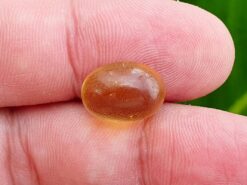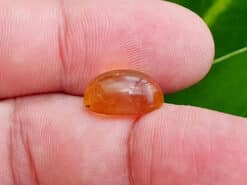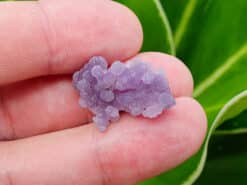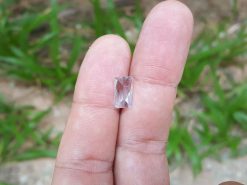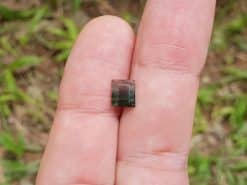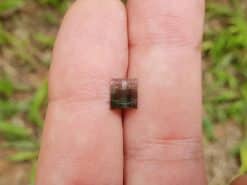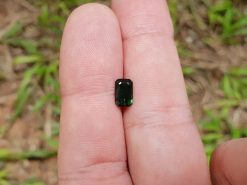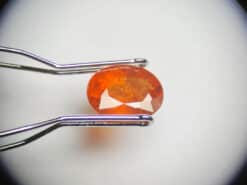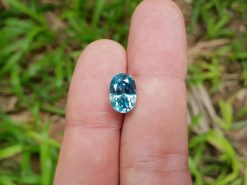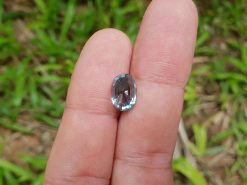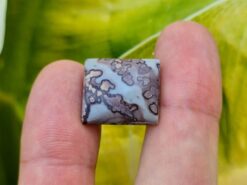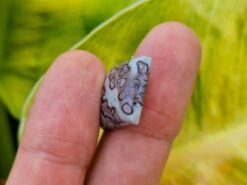Giant gemstones
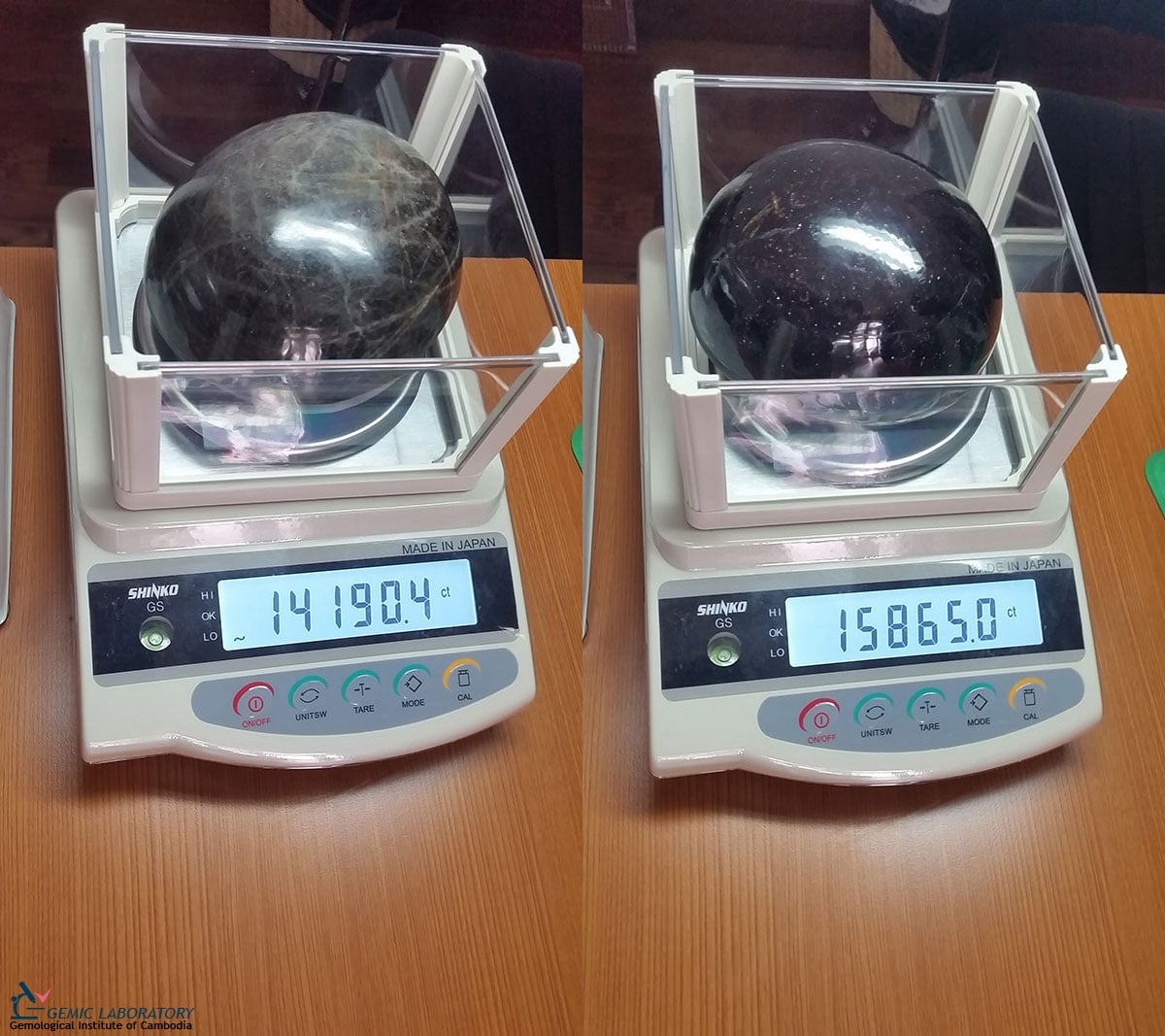
Buy natural gemstones in our shop
Giant gemstones are extraordinarily large, disproportionate. These enormous stones attract attention not just for their sheer size but also for their remarkable presence, sometimes weighing hundreds or even thousands of carats. All stones are not gemstones. For a stone to be a gemstone, it must be classified in the accepted list of gemstones and possess specific characteristics such as clarity, beauty, rarity, and durability.
How to make giant gemstones
To make giant gemstones from a rough stone, you need to focus on several important steps. Although “making” them refers more to the cutting and finishing process, acquiring a truly massive rough piece is the first challenge:
- Find a giant rough stone by yourself or buy it.
- Make sure your stone is natural and of high quality.
- Verify the weight per gram or kilogram before cutting.
- Cut your stones yourself or bring them to a professional gemcutter.
- Check the weight per carat after the cut.
- Compare your finished stone with any known world records.
- Decide whether to keep it or sell it based on your goals.
- Evaluate the market price of your stone carefully.
- Inform potential buyers or consider donating it to a museum for display.
As you can see from our picture and video, the garnet and the sapphire weigh around 1.5 kilograms each. These giant gemstones are huge and disproportionate compared to the usual size of stones in the same family that circulate on the global market.
Sapphire 14,190 ct / Garnet 15,865 ct
Why giant gemstones are so fascinating
Giant gemstones garner fascination for collectors and enthusiasts because of their rarity and impressive physical impact. While a typical gemstone might weigh just a few carats, giant gemstones can weigh thousands of carats. Their extraordinary size often elevates them beyond regular jewelry use, turning them into showpiece items for museums or private collections. A single massive stone can become a focal point of an entire exhibit, highlighting both natural wonder and human craftsmanship.
Cutting and displaying giant gemstones
Cutting these colossal stones poses unique challenges. Larger stones are more prone to internal fractures and inclusions, making it difficult to maintain structural integrity during the cutting process. Expert gemcutters employ special techniques and take their time to ensure that giant gemstones retain their beauty, maximize carat weight, and exhibit brilliant color and clarity. Once cut, these massive treasures are often showcased in secure, specially designed displays. Proper lighting enhances their natural luster, captivating viewers and underscoring the immense value of such rare finds.
Preservation and care
Just like smaller stones, giant gemstones require thoughtful care. Avoid exposure to extreme temperature changes and keep them away from harsh chemicals or abrasive surfaces. When storing, wrap them in soft cloth or place them in a secure display case to protect them from accidental scratches or impacts. Regular professional inspections are recommended to ensure there are no developing cracks or issues within these oversized stones.
FAQ about giant gemstones
What qualifies a gemstone as “giant”?
A gemstone is often considered “giant” when its weight and dimensions far exceed the typical range for that stone type. For instance, a gem weighing several hundred or even thousands of carats might be labeled giant.
Are giant gemstones more valuable than smaller ones?
Generally, larger gemstones can command higher prices, but value also depends on the stone’s clarity, color, cut, and overall quality. A giant gemstone with poor color or heavy inclusions may be less valuable than a smaller, higher-quality gem.
Can giant gemstones be used for regular jewelry?
Most giant gemstones are too large and heavy for everyday wear. They are typically kept as collector’s items or museum showpieces. However, it is possible to create statement pieces or art installations featuring these exceptional stones.
How do I know if my stone is truly natural?
The best way to confirm if your gem is natural is to consult a certified gemological laboratory or an experienced gemologist. They use specialized tools and tests to verify authenticity and identify any treatments applied to the stone.
Where can I find giant gemstones?
Finding giant gemstones is rare. They sometimes appear in private collections, auctions, or gem exhibitions. If you wish to purchase one, keep an eye on reputable gemstone dealers and specialized events where they may occasionally become available.

